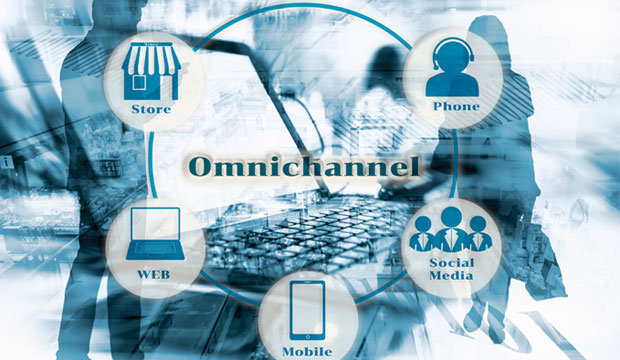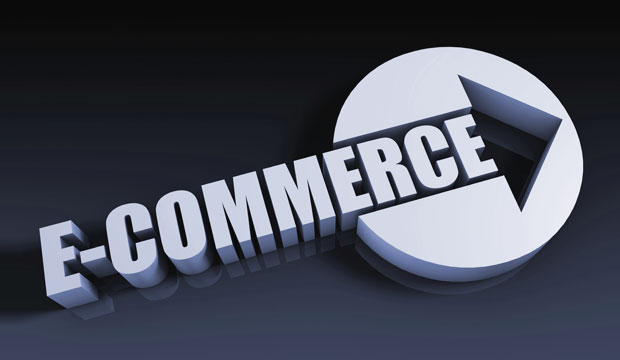Latest News
We want to share with you the latest news in eCommerce and logistics world, so you could be always ready for any changes!

Amazon Goes for the Gold With HD Streaming Music Service
Amazon on Tuesday announced Amazon Music HD, which offers 50 million CD-quality songs — 16 bits at 44.1 kHz. Customers also can stream millions more songs in Ultra HD — better than CD quality — with a bit depth of 24 bits and a sample rate up to 192 kHz.
Amazon Music HD will play the highest quality audio customers’ devices and network conditions will support. It is compatible with a variety of devices, including desktop computers, iOS and Android mobile devices, select Echo devices, Amazon Fire TV and Amazon Fire tablets.
It is also compatible with many third-party devices, including most products from Denon and Marantz with HEOS Built-in, Polk Audio, Definitive Technology, Sonos, McIntosh and Sennheiser.

Let's make something great together
Schedule a call with one of our account specialists to see how Fulfillment Center can help you grow your business!

California Applies Brakes to Galloping Gig Economy
Amazon on Tuesday announced Amazon Music HD, which offers 50 million CD-quality songs — 16 bits at 44.1 kHz. Customers also can stream millions more songs in Ultra HD — better than CD quality — with a bit depth of 24 bits and a sample rate up to 192 kHz.
Amazon Music HD will play the highest quality audio customers’ devices and network conditions will support. It is compatible with a variety of devices, including desktop computers, iOS and Android mobile devices, select Echo devices, Amazon Fire TV and Amazon Fire tablets.
It is also compatible with many third-party devices, including most products from Denon and Marantz with HEOS Built-in, Polk Audio, Definitive Technology, Sonos, McIntosh and Sennheiser.

Rethinking the User Interface for Consumer Voice Tech
Voice can provide a simple, compelling user experience, but the path to adding voice controls to any product, service or application is complex. As dominant tech players continue to develop voice-enabled interfaces and assistants, product designers, developers and manufacturers will be forced to rethink the user experience and user interface.
With the incredible expansion of smart speaker adoption and consumers’ tendency to purchase smart home devices as point solutions rather than as a system, many homes in the future will have a distributed intelligence platform with voice control acting as the primary user interface.
In early 2019, 36 percent of US broadband households owned at least one smart speaker with a voice assistant.

Making It in Multichannel E-Commerce
Contemporary e-commerce means selling through a variety of channels beyond traditional company-owned websites — including a plethora of social media, mobile and other platforms. Multichannel selling quickly has become the norm, and consumers increasingly expect to be able to shop wherever they happen to be in the digital world.
“Today, retailers have countless options of channels to choose from,” said Marcel Hollerbach, CMO of Productsup.
“There are hosted online stores, big marketplaces like Amazon or Walmart where third-party sellers list their items, and social media platforms like Instagram or Pinterest that have recently added shopping features. If you’re listing your products on any of these channels at the same time, you’re partaking in multichannel e-commerce,” he told the E-Commerce Times.
The ultimate goal of multichannel e-commerce is to sell more products. Simply put, the more places where consumers can find a company’s products, the more products that company can sell.
“There are many benefits to selling on multiple channels, but the main goal for companies is to increase sales,” said Nick Maglosky, CEO of Ecomdash.
“Being able to have your products in a place where your target audience shops increases the chances of someone buying your products,” he told the E-Commerce Times. “Each individual consumer has his or her own appreciation for shopping on any given channel. Some shoppers only like to buy from Amazon because of the Prime shipping benefits, while other shoppers like purchasing directly from a retailer because it has that ‘support the local/small business’ feeling. The main goal for the company is to meet its target audience’s shopping desires by selling on the platforms they prefer.”

Avoid a Black Friday, Cyber Monday Disaster With Intelligent Testing
Many online businesses rely on Black Friday and Cyber Monday to drive their profit margins. During this four-day period, retailers will see traffic on their site skyrocket.
How can retailers make sure their sites are robust and won’t fail during this critical period? The answer lies in the application of intelligent testing.
Black Friday traditionally has been the day when retailers finally break even for the year. “Black” in this case refers to accounts finally going into the black. The rise of online commerce has driven Black Friday to new heights. Now the sales phenomenon lasts over the whole weekend and into Cyber Monday.
Over the five days from Thanksgiving to Cyber Monday 2018, 165 million shoppers spent more than US$300 each, on average.
Most online retailers will see a massive surge in traffic over the Black Friday weekend. In fact they will see a double whammy. Not only do more people visit — they visit repeatedly in their search for the best deals. As a result, retailers’ backend services are placed under enormous strain.
A failure during this period would be devastating, bringing bad headlines and loss of revenue, and probably losing valuable future custom. So, how do you avoid these pitfalls? The answer is to ensure your site is completely bombproof and can handle the surge in load without a problem.

How Alternative Lending Sources Can Help E-Commerce Companies Grow
E-commerce companies must surmount a variety of unique challenges to grow.
At any given time, companies may encounter a desperate need to spruce up the look and feel of their website and mobile app, boost their digital storage capacity, or optimize the way they process transactions so that customers can make purchases on different online platforms seamlessly.
They also may face concerns shared by traditional brick-and-mortar firms — for example, restocking supplies or inventory, adding employees, and managing payroll and other expenses.
Capital tends to be the solution for most challenges facing e-commerce companies. If capital is in short supply, as is often the case with emerging businesses, it’s natural to look to financing as a viable means to bridge the gap.
Qualifying for a business loan from a traditional lender isn’t always an option, especially for small and mid-size e-commerce firms that may not have built up a solid track record of profitability. Fortunately, alternative lending companies offer a clearer path to financing.
One of the major drivers in the rapid expansion of the financial technology sector in the last decade, alternative lenders can empower e-commerce businesses to succeed by helping them overcome various financial hurdles.
Still Have Some Questions Left?
Call us Tel: 855-923-1550
Feel free to contact our support team to learn more about the services provided by us and multiple offers for Your business!
